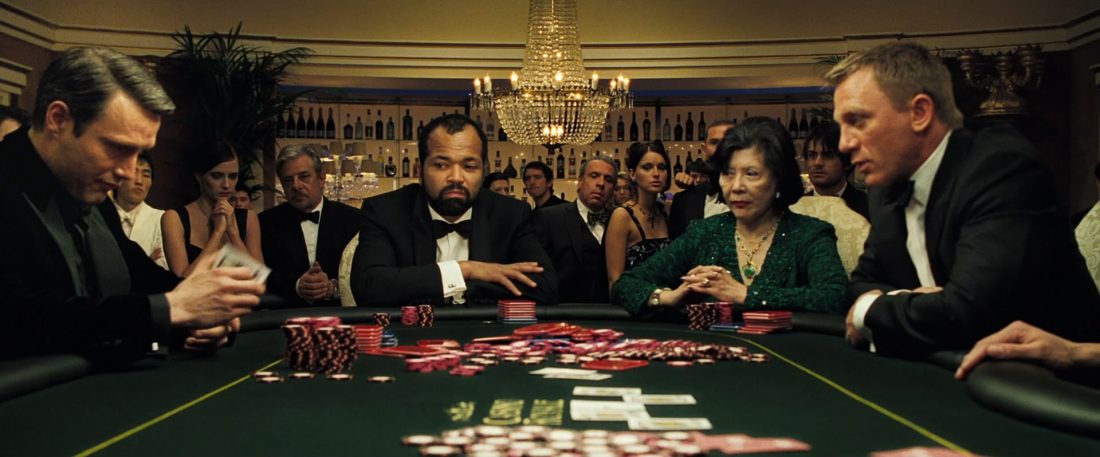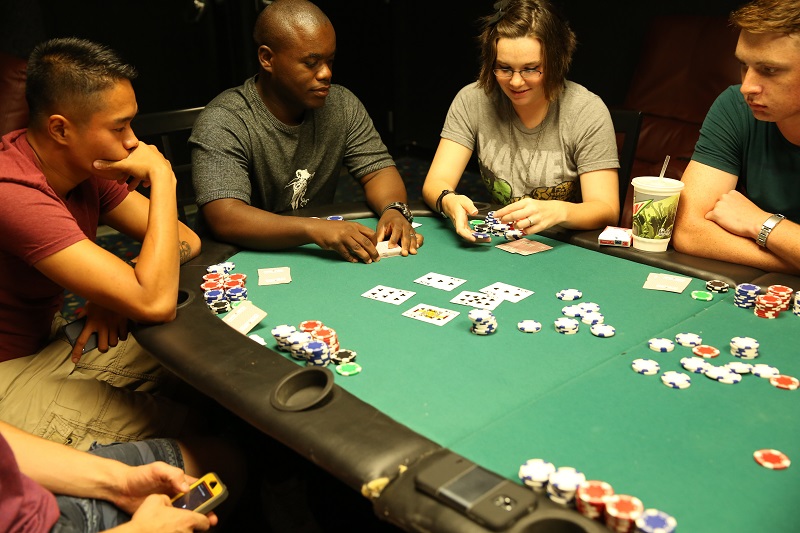Let’s talk about the basics: choosing a table to play on

The foundation of any poker game is proper strategy, specific chip moves and player technique. But no one thinks about the tables at which a player will either have to dump cash or raise a certain win rate. Therefore, let’s start with the basics – let’s choose an online poker table.
The table can make all the difference to a poker player, especially since a poker table that suits your playing style is hard to find. The nature and specifics of the poker table are reflected in the raises and the player pool. If you’re one of those players who likes to play with a tight hand, you’ll want to look for a loose table, where the raises are often taken. Or conversely, a loose player should look for a tight table that, with frequent raises and an aggressive pre-flop strategy, can easily pick up pots from players who will fold hands.
Weak or strong tables can be found out from the statistics, which are kept directly by the poker room. The main indicators in this case will be: the percentage of players in the flop, the average size of the pot and the number of hands per hour.

For example, if we consider No Limit Hold’em tables, we should pay attention to the following. Tight but aggressive players tend to sit at tables with big bets of AA, AK, KK and so on. Ideally a pair of players will be able to respond to this, but then you’d better put the brakes on, because after gaining respect for a few showdowns and winning a few sweats, further aggression is pointless. 6max tables are ideal for such players in terms of strategy, but not in terms of limits. High limits on such tables are hard to find, so the percentage of compatibility between a table and a player on a flop of 55-65% is high. Tables that have a 35-40% ‘flop’ percentage should be avoided, as these are the ones where the most aggressive opponents will be focused and will find a way to get you down.
When it comes to no-limit formats, focus on the big banks that hold the promise of large stacks. At these tables, you should hold a seat with a stack roughly equal to that of your opponents. However, this has its own limitations on the buy-in. In limit formats, it is better to choose a table with a higher buy-in than the minimum buy-in offered by the site; this will help earn some respect from other players. Thus, an ideal table with a $100 buy-in should have players with stacks in the $80-$120 range. In this case you will be able to go all-in if necessary.
The last point is the average number of hands per hour. Some would argue that the higher the number of hands played per hour, the better the game. But it only shows that the rhythm of the game is speeding up, decisions are being made faster, but also that there are real masters or maniacs of the game sitting at this table. And in conclusion, keep an eye on the table, but also on the opponents who make the table. Be friends with not only the strongest players, but also the weakest.



